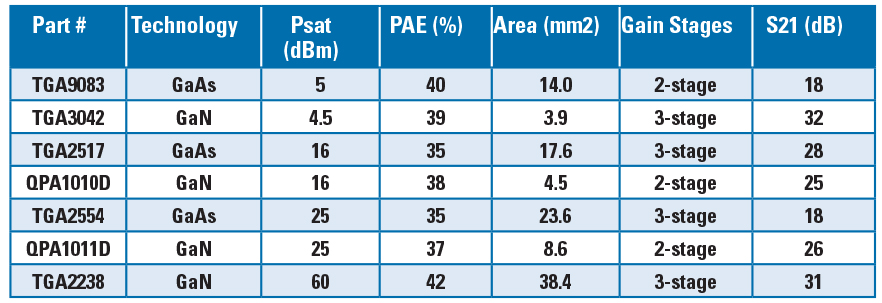Recently, Pakistan's top serving and retired military officers have given blunt statements, trivializing the threat posed by India's newly acquired Rafale jets. For the reader's benefit, we summarize these statements here:
https://www.dawn.com/news/1574208/5-rafales-or-500-pakistan-is-absolutely-ready-for-india-dg-ispr
https://defence.pk/pdf/threads/q-a-with-paf-fighter-pilot-kaiser-tufail.680606/
https://defence.pk/pdf/threads/paf-knows-rafale-better-than-iaf.680362/
In this article, we shed light on these cryptic statements given by seasoned professionals.
RBE2 - Technology from the last decade
We start our discussion by reviewing what Thales, the manufacturer of RBE2 radar used in Rafale, has to say:
https://www.thalesgroup.com/sites/default/files/database/document/2020-08/Thales RBE2 -2020-HD2_0.pdf
NOTE: Document attached with article as historic proof
The very first thing we note is Thales' description of the T/R modules used in RBE2:
MMIC/GaAs technologies
AESA radars explained
In order to understand the full significance of this short description, let us review AESA radars and the role GaAs and GaN play. Active electronically scanned array radars consist of an array of small transmit/receive modules, each of which is capable of transmitting and receiving radar beams. This differs from classical Pulse Doppler radars where there was a single transmitter and a single receiver. The array of T/R modules create new possibilities:
1. By using principles of electromagnetic superpositioning these radars can ensure a very high quality beam of radiation sent at a precise angle at the target. Similarly, the receiving modules can be tuned towards a specific direction, thus ignoring noise from the surroundings.
2. By dividing the array into sub-arrays, multiple targets can be tracked simultaneously.
3. By using different frequencies in different T/R modules, the radar becomes resilient from jamming.
Each T/R module comprises an antenna element, which feeds signals into an amplifier or transmits signals from the amplifier. Radars used in fighter jets work at frequencies ranging from 2-12 GHz. When these high frequencies are fed into/emitted from the amplifier, the crystal lattice inside the amplifier needs an abundance of electrons, and these electrons need to be able to move around very quickly. In classical semiconductor materials such as Silicon, there aren't enough electrons available, and the mobility of the electrons is also limited. This results in a break down of the semi-conductor properties at high frequencies.
The GaAs vs GaN battle
Using GaAs as the semi-conductor was the first breakthrough which made AESA radars possible. The second breakthrough was the development of MMICs or Monolithic Microwave Integrated Circuits, which allowed GaAs processing units to be deposited in the form of integrated circuits which can compactly fit behind the antenna arrays on an AESA radar.
But, GaAs has its limitations. When compared with GaN, GaAs has limited performance. The interested reader can read the details here:
https://www.electronicdesign.com/te...ence-between-gaas-and-gan-rf-power-amplifiers
The importance of GaN is further explained in a White Paper by China Telecom which was published in 2018:
NOTE: Document attached with article as historical proof
http://www.chinatelecom.com.cn/2018/ct5g/201806/P020180626325685163826.pdf
This was in 2018. In 2020, we find major Western nations expressing fear of China's superiority in wireless design, which is being attributed to advances in GaN MMICs:
https://www.5gradar.com/news/open-ran-alone-cant-beat-huaweis-5g-dominance-says-parallel-wireless
Understanding why RBE2 was obsolete before it even arrived in South Asia
This Chinese superiority in GaN chipsets is directly relevant to the blunt claims made by Pakistani military officials. Insha Allah, the AESA radar featured on JF-17 Block 3 shall have GaN MMIC logic. This means, it will be able to handle larger electric power, which results in a longer range for the Block 3 radar as compared to Rafale's RBE2. When paired with PL-15 or PL-XX, Insha Allah, JF-17 Block 3 will maintain PAF's ability to look first and shoot first.
I wish all my fellow Pakistani countrymen a very happy Independence Day. I end with the prayer that May Allah the Almighty Accept Pakistan and Pakistanis for the service of His religion, and make us a source of strength for Islam and Muslims throughout the world. Aameen.











